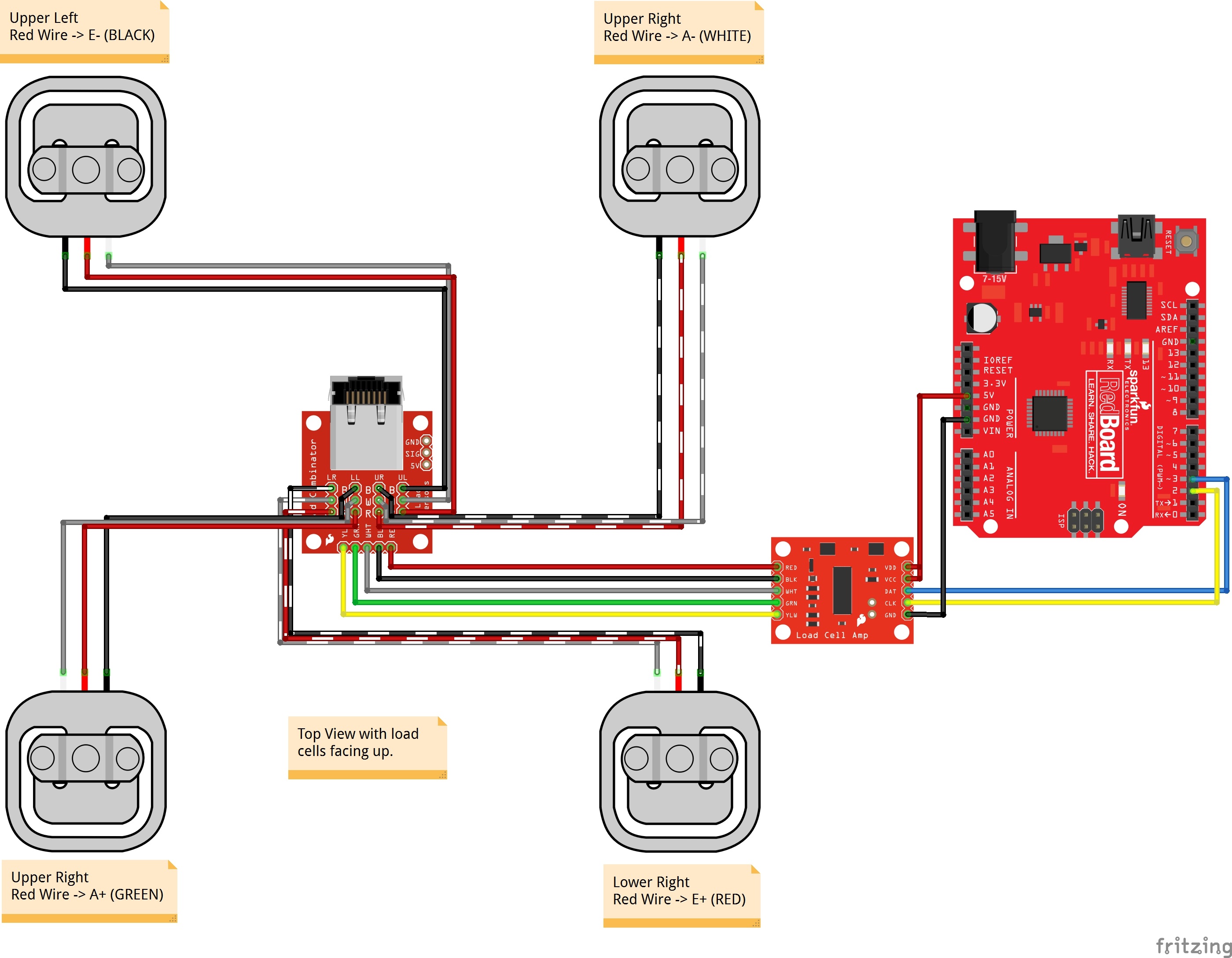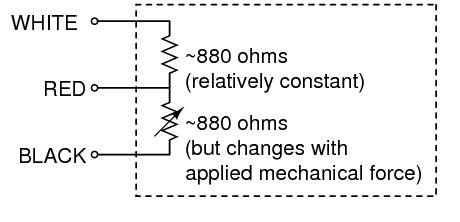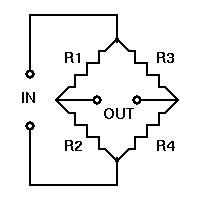Why is weighing trash important for reducing waste? In this post, I’ll run through my thoughts on this and also talk about how exactly we capture waste weight data with our new project Waste Waiter.
Why do we care about Weight? ⚖
When talking about strategies to reduce the amount of waste produced, the preferred unit of measurement is weight. So why is weight important? Because it’s the unit of measurement to use for individuals and organizations to numerically track and reduce waste. When starting this project, I came up with two specific goals in mind listed on the about page:
To help individuals/communities:
- 📊 reach a 85% waste diversion rate or more
- 🚮reduce the average per person disposal rate of 1,704 lbs. per year (in the United States) by 66% or more
Both of these goals contain trackable metrics. I emphasize trackable metrics a lot because, when coming up with target goals, I feel it is important to always have a metric that is clear. Otherwise, an ambiguous target won’t really mean anything and can be an elusive target to reach. If you take a look at each of those metrics, they are both dependent on weight. Even diversion rates, which is the amount of your waste stream (measured in weight) diverted away from landfills. In a typical city with compost, recycling, and landfill programs this is how diversion rates are typically calculated:

So again, this emphasizes the importance of the weight metric for ZotBins. But it’s not just important for ZotBins, but for other communities as well. In many university campuses, this is how they all keep track of diversion rates and track their progress over time. You can see this in:
- University of Michigan
- University of Southern California
- University of Illinois at Urbana-Champaign
- University of California Irvine
How to Collect Weight 🚮
For Waste Waiter, a real-time weight collection system for waste, we need a way to collect weight reliably over time. To do this we use load cells and an HX711 amplifier. I reference Sparkfun a lot, because they have some really great guides. This is a very simplified explanation of load cells, for more details definitely look at the Sparkfun tutorial.
In this setup, we use 4 single strain gauges that you would typically find in a bathroom scale.

All you need to know is that these strain gauges changes in resistance when weight is applied on them. In the image below you can see the exact relationship of the resistance changes within a single strain gauge.

Next up, we hook up all these strain gauges in a wheatstone bridge configuration as shown below. This helps us gives us a output voltage as the resistances are changed by the strain gauges.

First, you need a reference voltage that you will hold as constant. That is our Vin. Next up, we got our output voltage V_out, that will serve as our analog signal, which feeds into our HX711 amplifier. You can think of this as our analog converter to digital signal converter, where we take an analog signal V_out, and convert it into a digital value. This digital value can then be used to calibrate against a certain known weight and will then help us retrieve our weight measurement.

Call to Actions 💪
Alright that’s it for this post. Hope you enjoyed it! Here are some call to actions for you all.
- Lvl 1 - Share your thoughts about the blog in Discord in the
#💬-generalchannel. - Lvl 2 - Check out the EPA’s Facts and Figures about Materials Waste and Recycling
- Lvl 3 - Conduct your own waste audit by calculating diversion rates for your home or community.